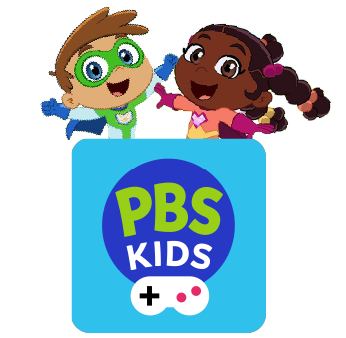In the world of digital media, we use the word “interactivity” to make an important distinction about the ways people use screens. The first generation of screens—televisions! asked viewers to simply view and not respond to the screens in any way. During his TV show, Mr. Rogers was one of the first to address questions directly to children and provide them with time to respond. Shows like “Blue’s Clues,” “SuperWhy,” “Sesame Street,” and “Daniel Tiger’s Neighborhood” all have continued this idea of talking to kids and waiting for responses; however, there’s not a way for the show creators to tell if the children are actually responding.
This is where interactivity comes in. Perhaps the most obvious form of interactivity is a screen-based game, where the action of the game doesn’t continue unless the game player responds in some way, typically through a manual action like a swipe or a keyboard click. Educational games connect interactivity to learning goals, where the action of the game is driven by what the child knows or what he thinks is the best way to proceed. Interactivity tends to keep the child more engaged in the experience, and it’s possible to see how the child is performing and therefore, what he may be learning in the process. That’s why we, in the world of PBS KIDS, emphasize that when kids love certain shows, they should play the games connected to those shows through the PBS KIDS Games app or at www.pbskids.org.
There is a whole other level of interactivity that is even more beneficial, and that’s when multiple humans get involved and communicate with each other in the course of play. When you see a child actively immersed in a game, there’s a temptation to let that play continue, to not interrupt and to be thankful for some time that you can use for other matters. I encourage you to occasionally resist that temptation and get involved. Ask if you can play together, or if your child can teach you how to play the game. Perhaps there’s a way to engage in some friendly competition. Throughout gameplay, try to continue dialogue, showing your child that it’s possible to play and communicate at the same time. At the end of your session, since it’s the season of giving thanks, a nice hug of gratitude is a great way to conclude the experience.
Benjamin Kramer, PhD, is the director of education for Austin PBS.

















